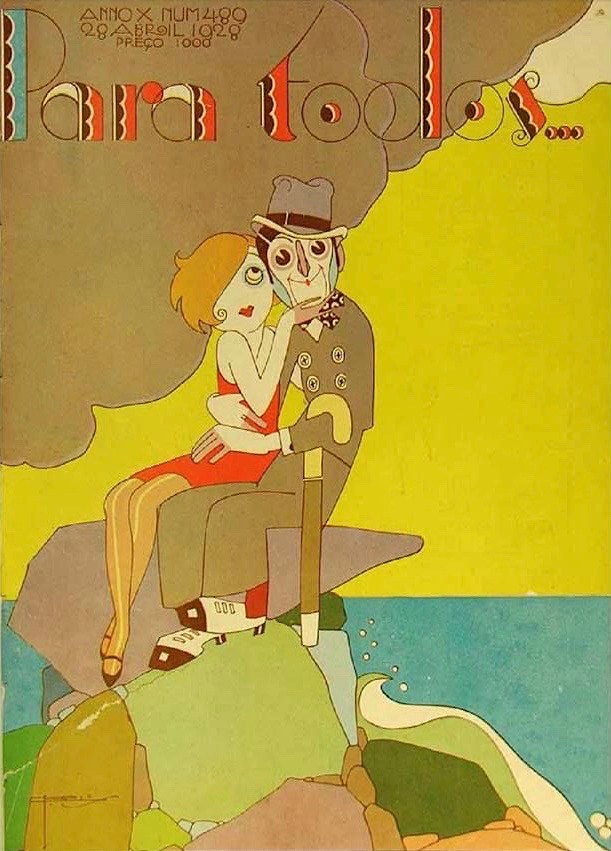His most famous portraits were made using oil paints. He also did finished portrait drawings. And he painted many landscapes, city scenes, and casual views of friends as well various anatomical studies. In other words, Sargent was a hugely prolific artist.
One aspect of his output that I find worth a blog post is casually-done, sketchy even, oil portraits of women. Some of these are shown below in roughly chronological order.
Rosina Ferrara - 1878
She was a favorite subject at a time he visited the isle of Capri. I think this is one of Sargent's finest works.
A Spanish Woman - c.1880
A borderline sketch, the face fairly carefully realized while the rest of the canvas is little more than blocked in.
Vernon Lee - 1881
Sketch portrait of one of Sargent's friends.
Head of a Venetian Woman - 1881
Just enough facial detail to be quite convincing.
Mme Gautreau Drinking a Toast - c.1883
Madame X in a casual pose.
Mme Errazuriz - 1883-84
A flattering sketch that's interesting in terms of Sargent's choice of placement of light and shade.
Flora Priestley - 1885
Another portrait where only the face was given consideration.
Edith French - 1901
A very nice study, though her mouth seems too small.



















































